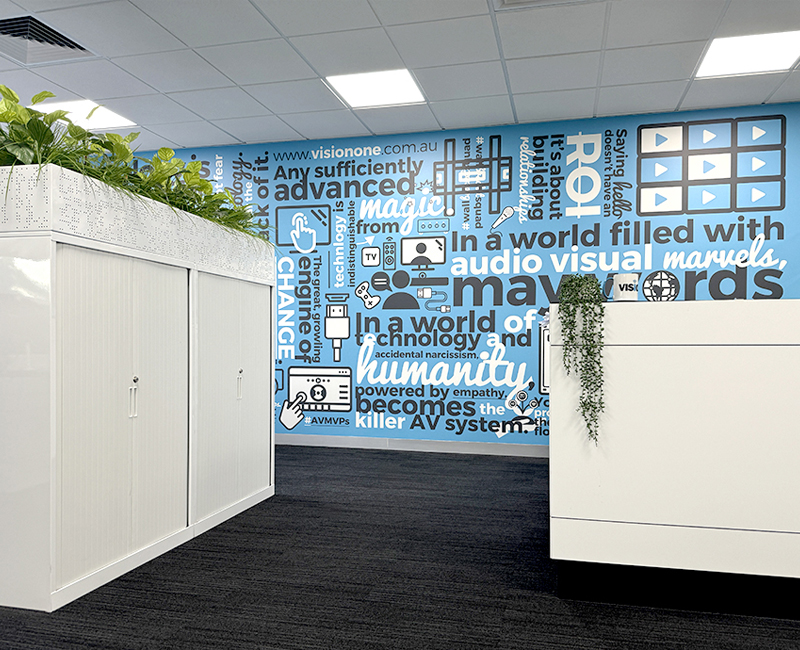Crestron Outfits Offices And Remote Workers With Innovative Video Conferencing Tools For Covid-19 And The New Normal
This article has been reposted from Forbes.com. There’s no denying that COVID-19 has changed the...
July 15, 2020|#EdTech Articles, AV/Interactive Articles, Product Info/Videos
Our Audio Visual Case Study Review (2020 Edition) has Landed!
Our 2020 Audio Visual Case Study Review has landed! Featuring ESTA, Toorak College, Presbyterian Ladies'...
July 6, 2020|AV/Interactive Articles, Case Study/Installations, Vision One Videos
Search
About Us
We breathe life into technology, crafting seamless audio-visual experiences that push the boundaries of innovation.
LEARN MORECATEGORIES
In a world filled with audio visual marvels, may words, personality and your moral compass matter most.
Explore Portfolio
Popular Posts
 2025 International Women’s Day Live…March 10, 2025
2025 International Women’s Day Live…March 10, 2025 ISE 2025: A Showcase of…February 11, 2025
ISE 2025: A Showcase of…February 11, 2025 AI in AV/T: How Artificial…January 24, 2025
AI in AV/T: How Artificial…January 24, 2025 The Future of AV/T: Emerging…January 15, 2025
The Future of AV/T: Emerging…January 15, 2025
ARCHIVE
Latest Portfolio
 Presbyterian Ladies’ CollegeMarch 20, 2025 | by cpsadmin
Presbyterian Ladies’ CollegeMarch 20, 2025 | by cpsadmin Royal North Shore HospitalMarch 11, 2025 | by cpsadmin
Royal North Shore HospitalMarch 11, 2025 | by cpsadmin Penleigh and Essendon Grammar SchoolFebruary 26, 2025 | by cpsadmin
Penleigh and Essendon Grammar SchoolFebruary 26, 2025 | by cpsadmin Scotch CollegeFebruary 19, 2025 | by cpsadmin
Scotch CollegeFebruary 19, 2025 | by cpsadmin


